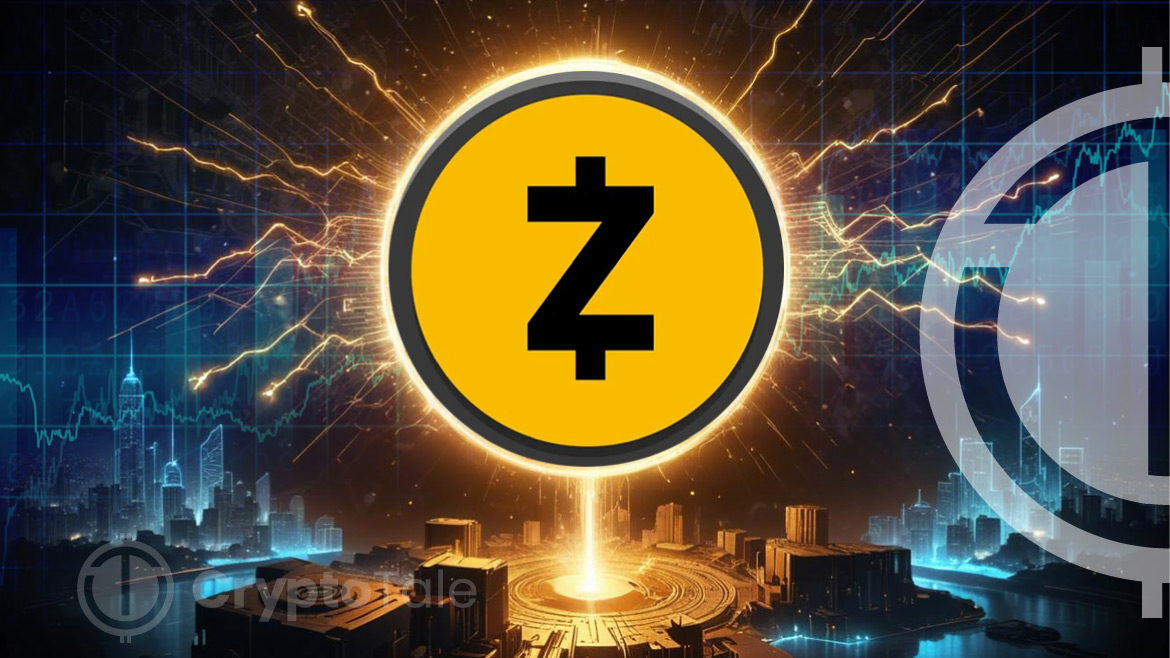
In the crypto world, where anyone can check the details of a transaction, have you wondered how to keep your transactions private? In recent years, many users have begun to focus on keeping their transaction details private, and to address this need, a new type of coin called privacy coins came into being. Zcash is one such privacy coin, and this article will give you all the details you need to know about Zcash.
What is Zcash?
Zcash (ZEC) is a privacy-based cryptocurrency designed to offer enhanced privacy and anonymity when executing transactions. It is a fork of the Bitcoin codebase but with different security protocols and hashing algorithms. ZEC is a decentralized open-source cryptocurrency that can process transactions efficiently while providing security and shielding transaction details.
Zcash provides anonymity through the use of zero-proof technology called zk-SNARKs (Zero-knowledge Succinct Non-interactive Argument of Knowledge). This allows transactions to be executed without revealing any information beyond its validity. There are two types of addresses, and they are:
- Transaction addresses (t-addresses): They are transparent and can be tracked on the blockchain.
- Shielded addresses (z-addresses): They are encrypted, which prevents anyone from seeing the data on the blockchain, making the transaction you send invisible.
History of Zcash
In 2013, Matthew Green and Eli Ben-Sasson, along with other academic researchers like Christina Garman and Alessandro Chiesa, published a white paper on Zerocoin. They aimed to enhance Bitcoin’s privacy features, as they believed Bitcoin did not provide sufficient protection for users. This group of like-minded researchers formed the Zerocoin Electric Coin Company, with Zooko Wilcox-O’Hearn, an information security and cryptography expert, as the CEO.
By October 2016, the company had rebranded as the Electronic Coin Company (ECC) and launched Zcash. The initial funding for developing the Zcash protocol was raised by ECC, which led to the release of various upgrades between 2016 and 2018, known as the “Sprout Series.” In 2017, the Zcash Foundation was established to support the development and community around Zcash. In 2019, ECC passed the trademark and license agreement for Zcash to the foundation and signed a bilateral usage agreement, ensuring collaborative governance and development. However, in April 2024, ECC announced its plan to terminate the agreement and leave the project entirely in the hands of the Zcash Foundation.
German Football Team’s Euro Cup Exit Linked to Bitcoin SaleFeatures of Zcash
Types of Transaction
- Shielding: This type of transaction happens when a user transfers assets from a transparent address to a private address.
- Deshielding: This happens when a user from a private address transfers assets to a transparent one, making the transaction data visible to all.
- Public: In this type of transaction, users transfer funds from one transparent account to another. These transactions are visible to everyone on the blockchain.
- Private: These types of transactions happen between private addresses, where all the data is shielded from the public eyes.
Funding Structure
Miners are given appropriate rewards for mining new ZEC coins. After the successful mining of Zcash, the block reward is divided in the ratio of 80:20, of which 80% is given to miners as rewards, and the other 20% is distributed among the founders in the ratio ECC (7%), Zcash Foundation (5%), and Major Grants Fund (8%).
View Keys
The view key allows view-only access to transactions. This feature is extremely useful for z-addresses who wish to share the details of a particular transaction with others. Furthermore, it is also used for auditing and tax regulations.
Zcash Halving
Similar to Bitcoin, Zcash has a max cap of 21 million coins. For the same reason as BTC, which is to reduce the speed of mining new coins and increase its difficulty, Zcash halving occurs. It happens every 4 years or every 840,000 mined blocks. The initial block reward was 12.5 ZEC. The current block reward is 1.5625 ZEC, and the new block reward will be 0.78125 ZEC after the next halving event scheduled on 16 November 2025.
How Does Zcash Work?
Users on Zcash can choose to initiate a transaction using either a transparent address (t-address) or a shielded address (z-address). The type of address used affects the privacy level of the transaction. When both the sender and receiver use z-addresses, their transaction remains private and anonymous. zk-SNARKs ensure that all transaction details (such as sender, receiver, and amount) are encrypted and verified without being revealed. This makes it impossible for anyone to track the transaction or its data.
On the other hand, when the transaction involves only t-addresses, all details are visible on the blockchain. This allows anyone to track where the transaction originated and where it went, along with its details. Zcash uses a Proof-of-Work consensus mechanism to verify transactions. It uses an algorithm called Equihash, which is designed to be ASIC-resistant and checks the amount of RAM that Zcash miners use to secure the blockchain.
How is Zcash Different from Bitcoin?
Although Zcash started as a fork from the Bitcoin network, it went beyond being just a fork with various upgrades, such as the Heartwood Network upgrade, Halo Arc upgrade, Network Upgrade 5 (NU5), and more. Now, there are a lot of differences between Zcash and Bitcoin,
- Compared with Bitcoin, where all the transactions are transparent, and anyone on the blockchain can view the amount transferred and the addresses, Zcash offers privacy and anonymity.
- Zcash is a privacy coin, but unlike most privacy coins, it offers the option to choose between transparent and shielded transactions.
- While Bitcoin uses SHA-256 proof-of-work (PoW) algorithms, Zcash uses a different algorithm called the Equihash proof-of-work algorithm.
- Unlike Bitcoin, which is used as a store of value, Zcash is used in transactions where privacy is the first concern.
- Zcash has a block time of seventy-five seconds, which is much less compared to Bitcoin’s 10 minutes.
Advantages and Disadvantages of Zcash
Despite being a privacy coin, Zcash allows users to choose between transparent and shielded transactions. It charges low transaction fees, gives the option to disclose selective transaction data, anonymizes user transaction data, and more. Some of the major disadvantages of Zcash are that it can be used for illegal transactions, consume huge resources because of shielded transactions, and more.
Conclusion
Zcash (ZEC) stands out as a privacy-focused cryptocurrency offering optional privacy features through its transparent (t-addresses) and shielded (z-addresses) transactions. It utilizes zk-SNARKs technology and ensures shielded transactions remain private and anonymous, providing enhanced security compared to Bitcoin. Despite its advantages, such as low transaction fees and the ability to disclose specific transaction data, Zcash also faces various challenges. Zcash offers a unique balance between privacy and transparency, making it a good option for users who prioritize privacy.














